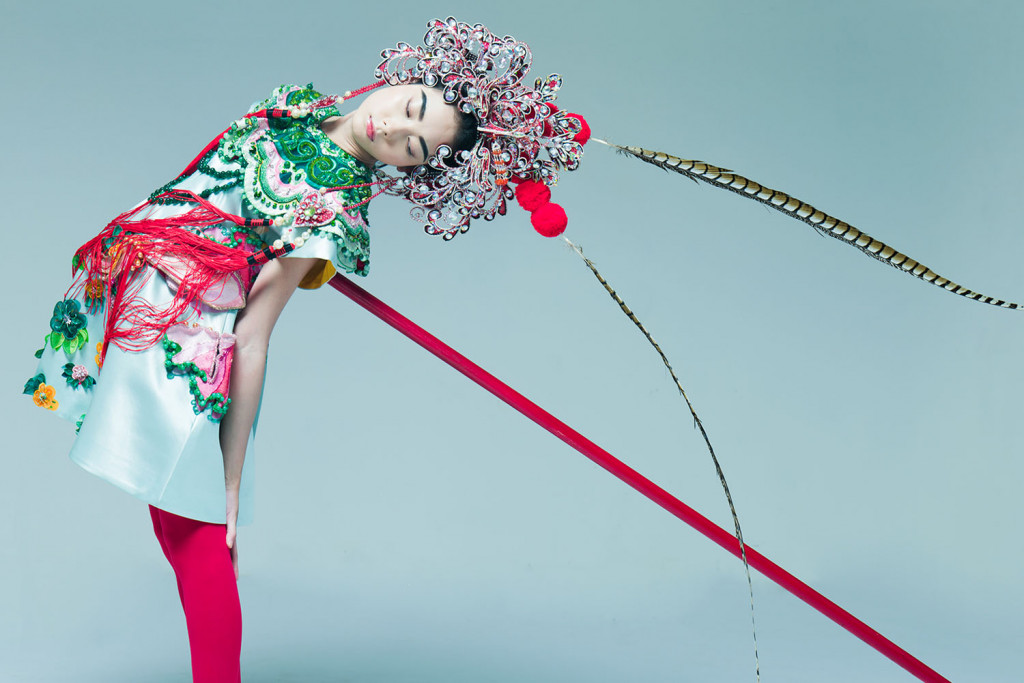
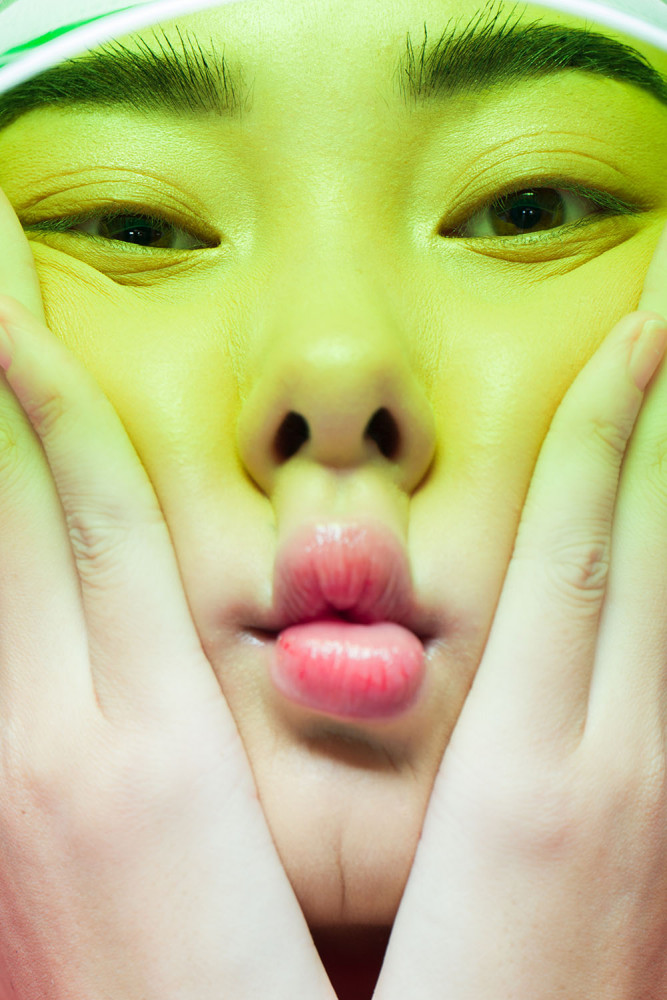
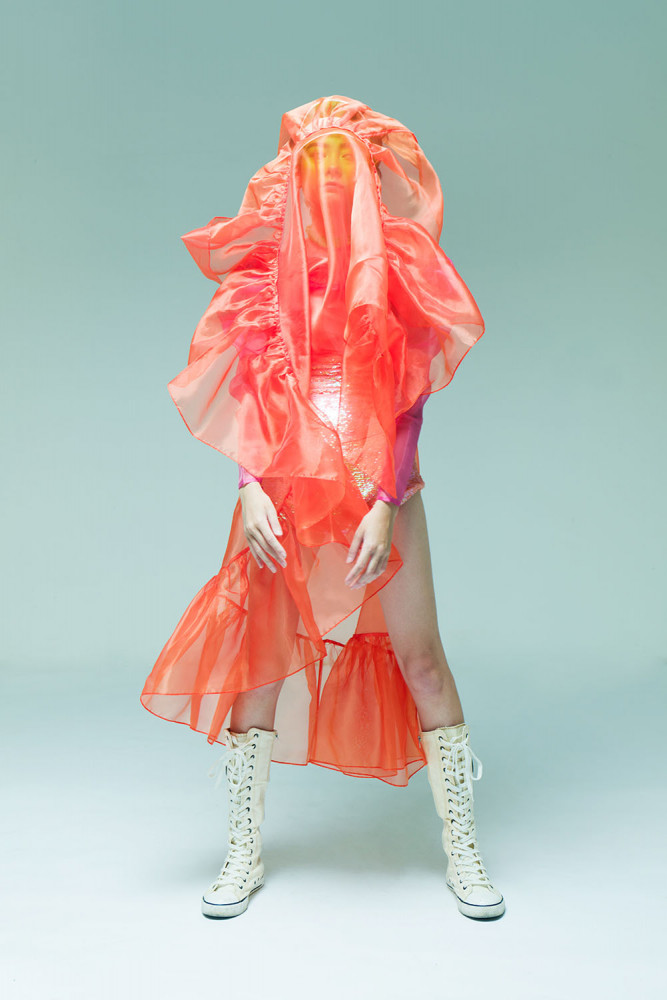
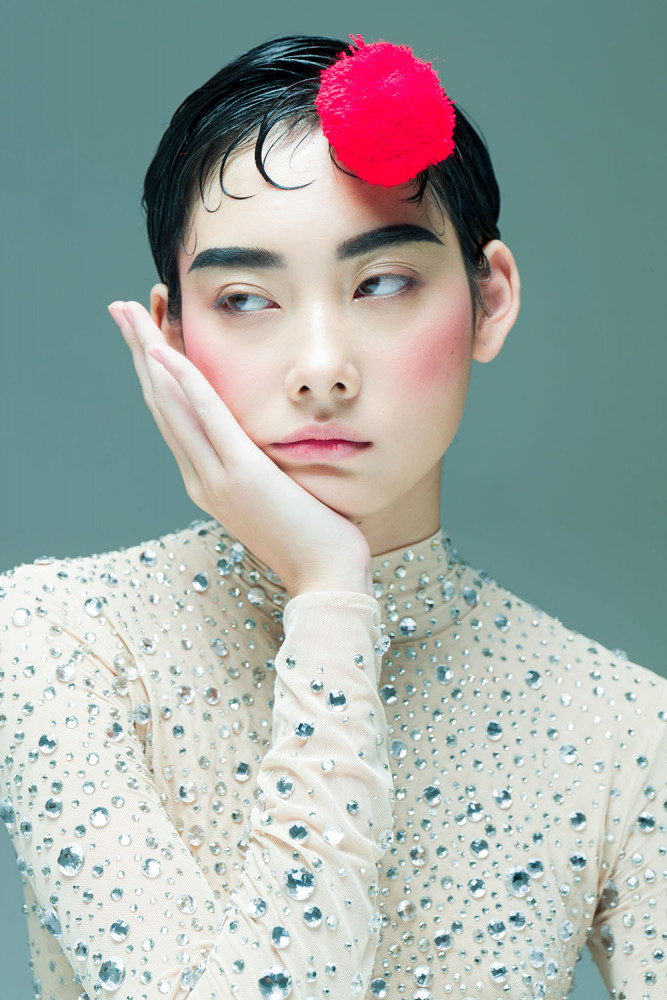
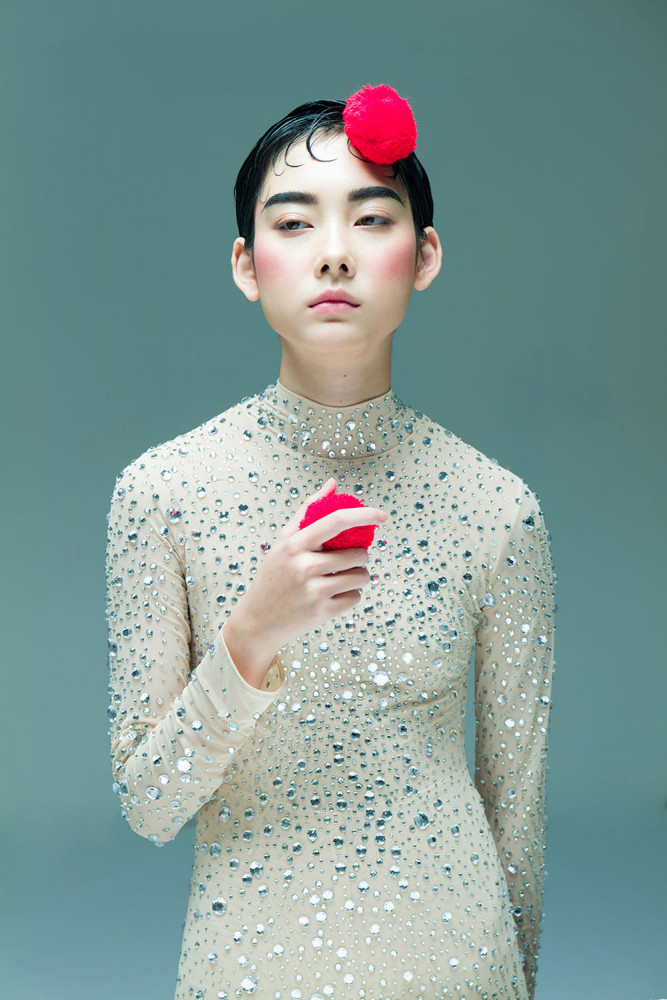
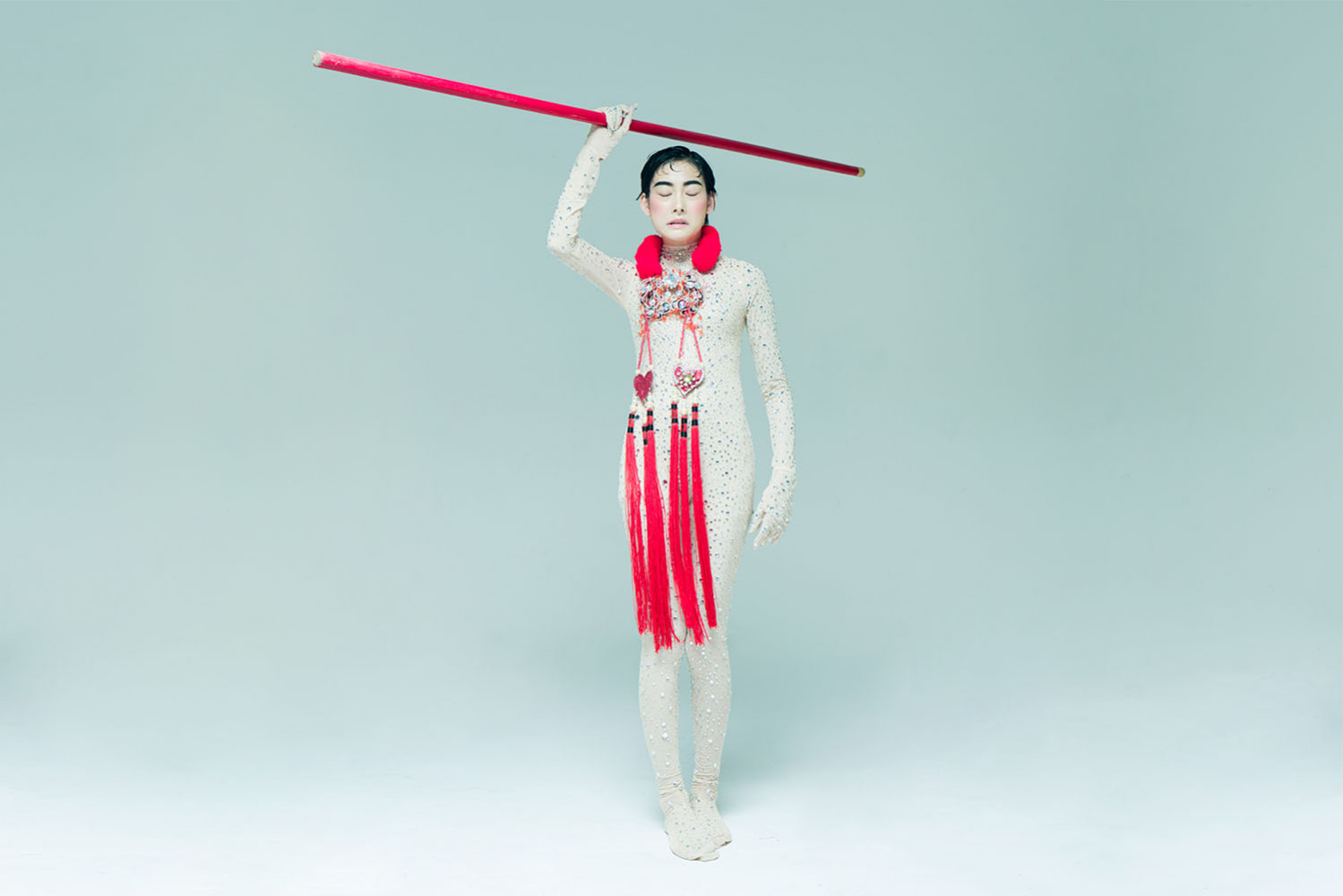
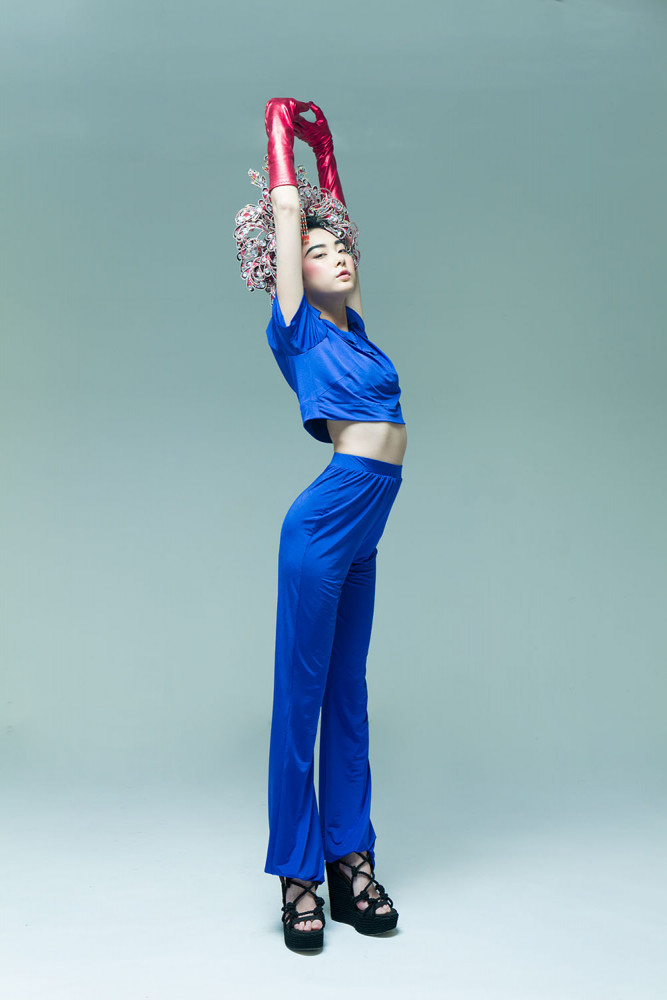
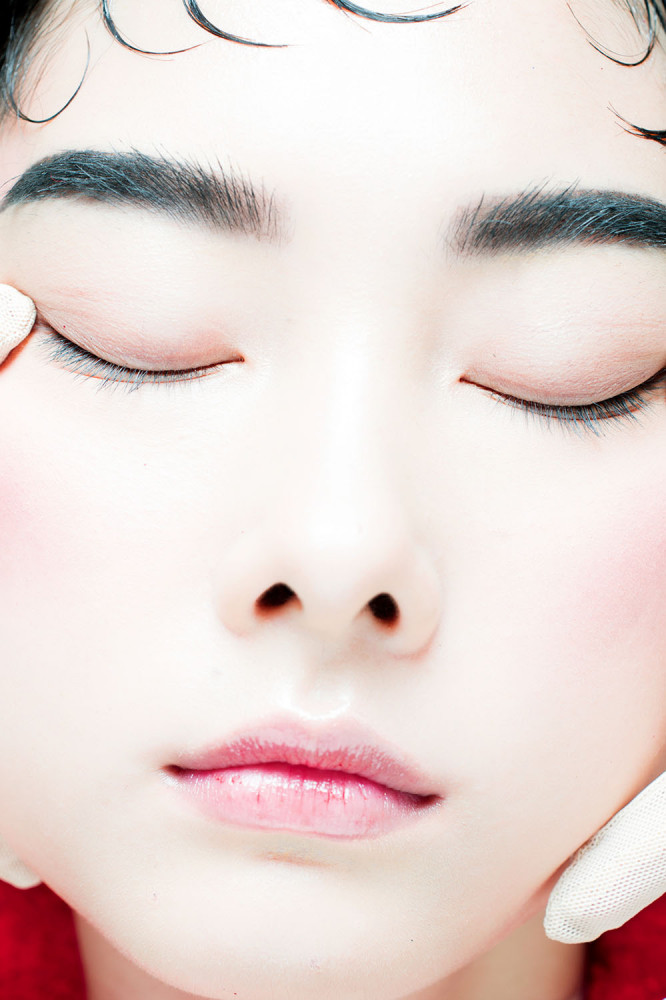
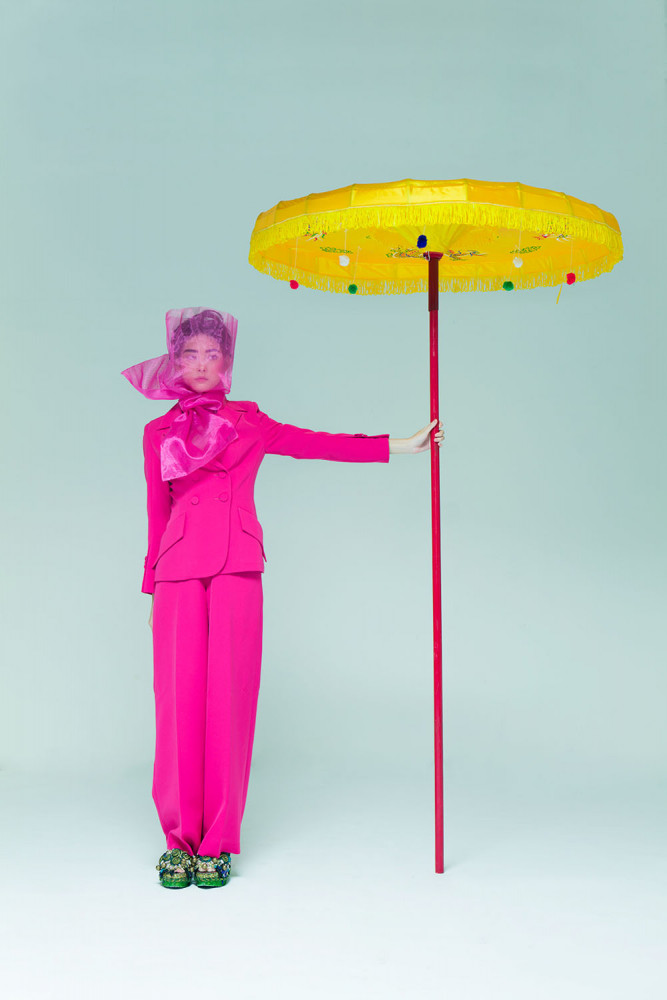
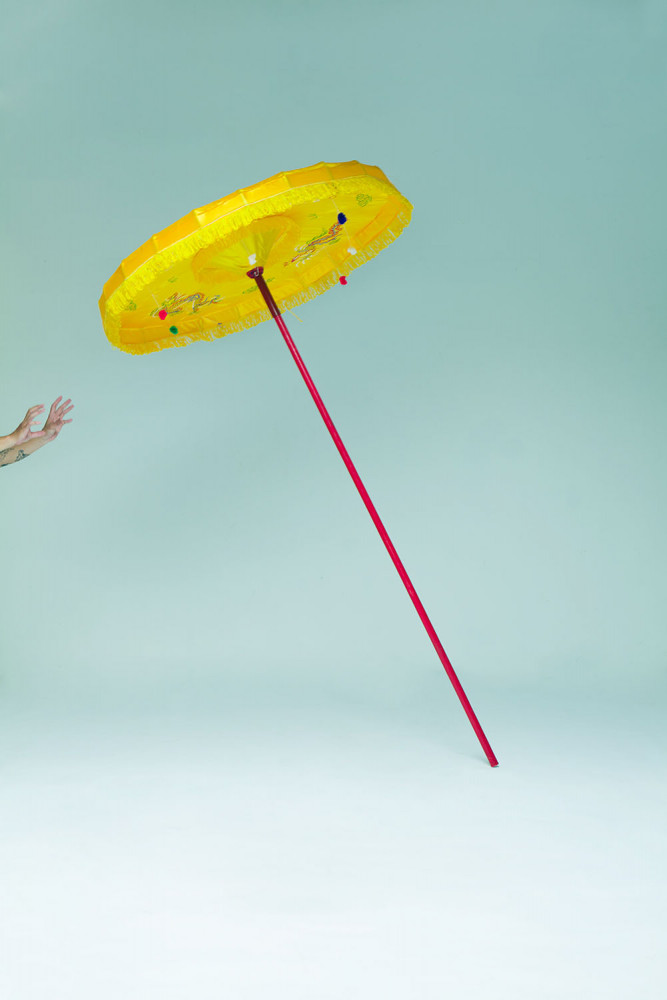

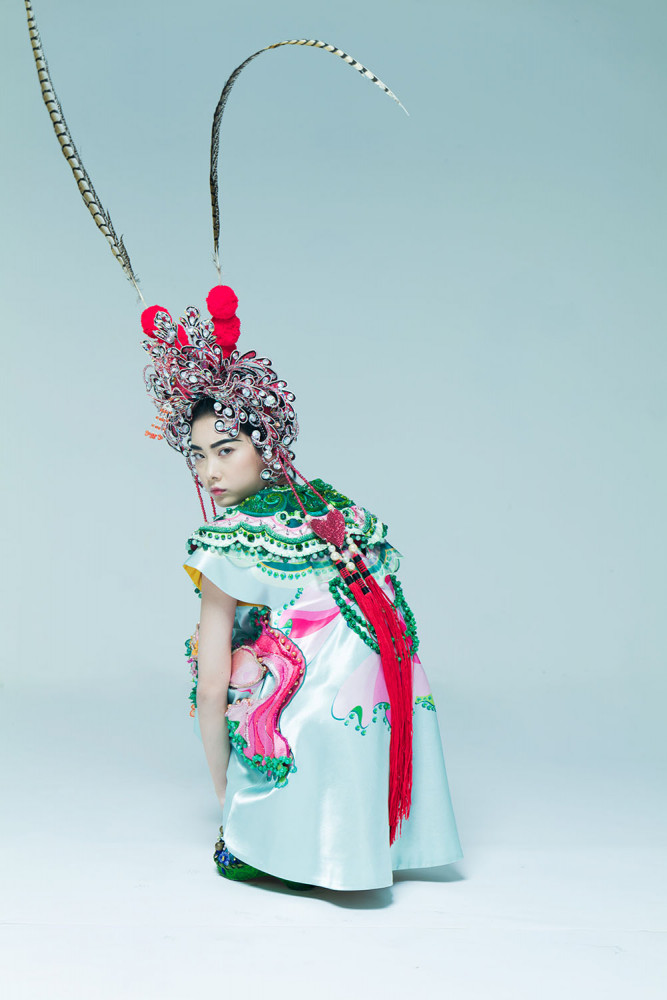
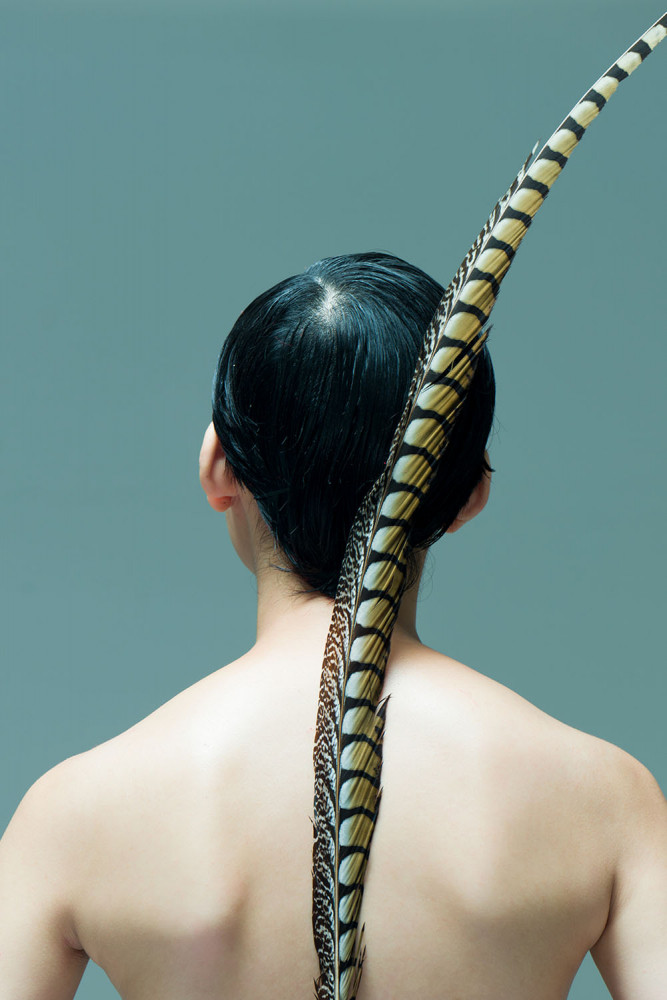


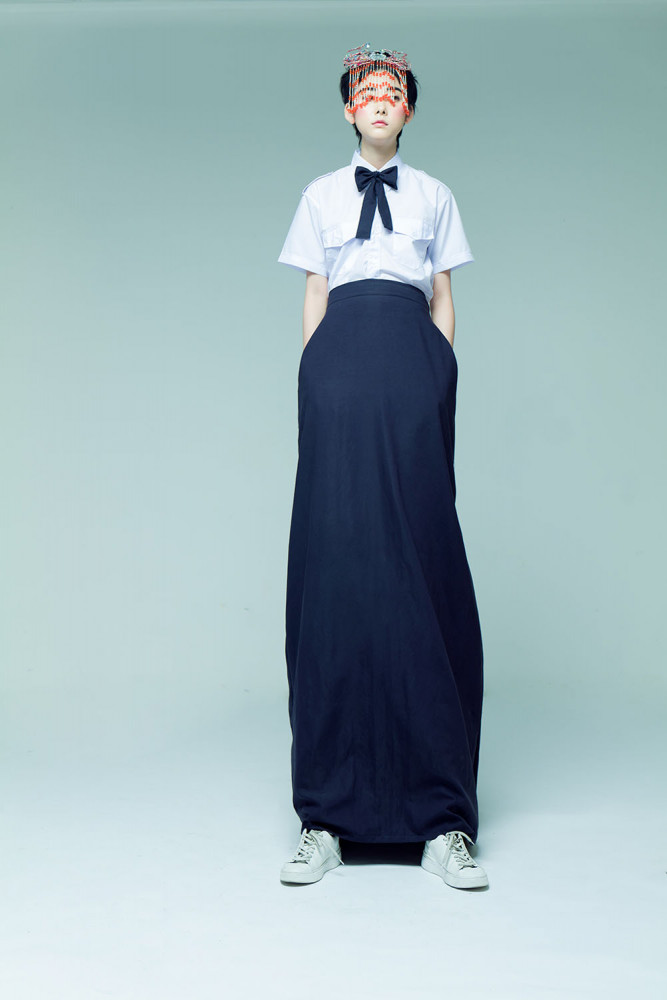
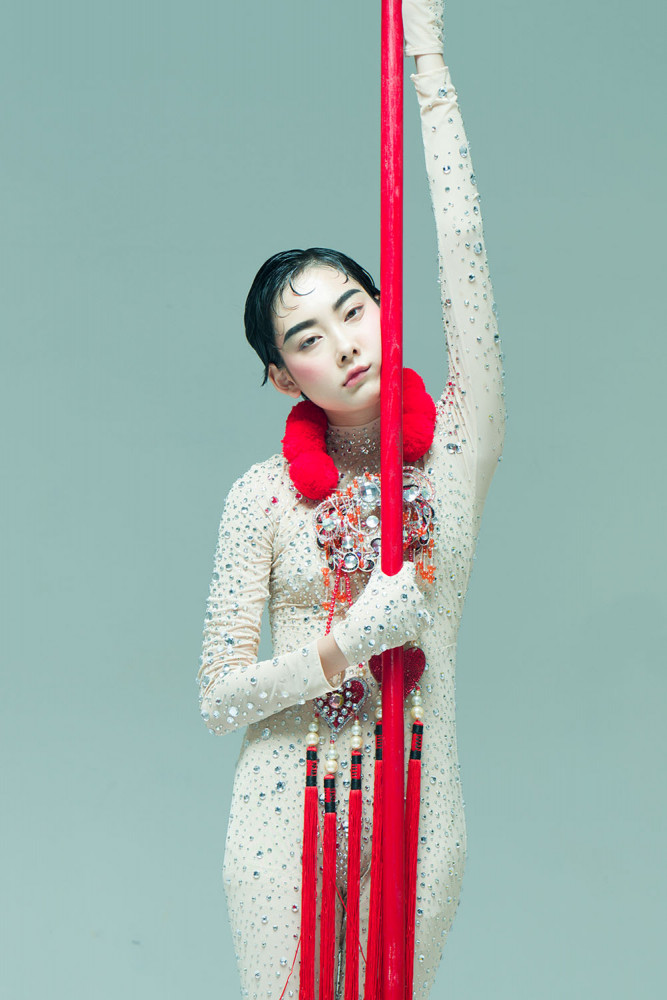
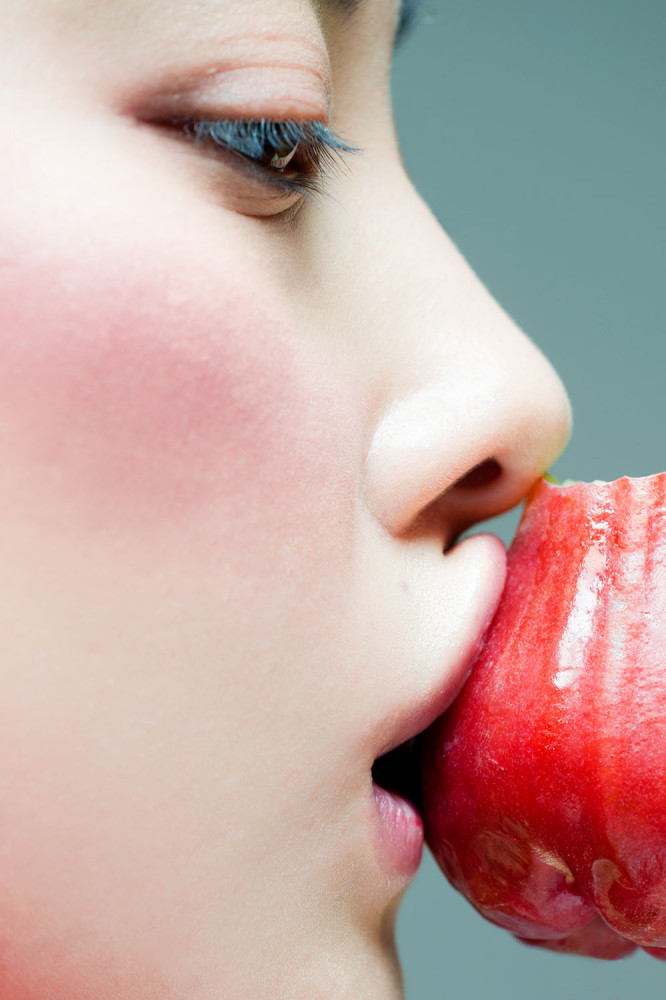
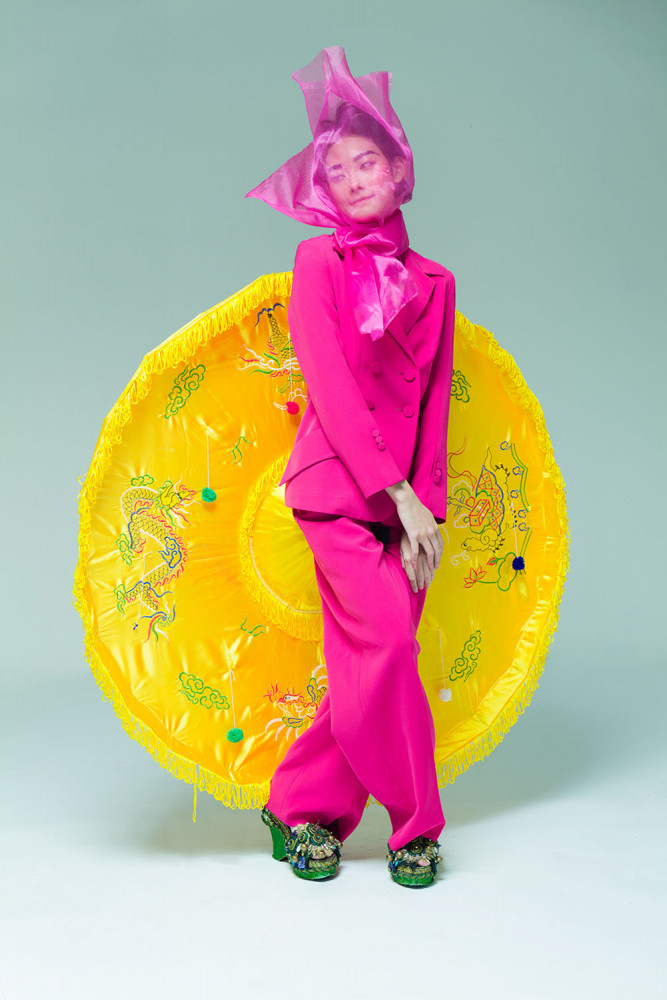
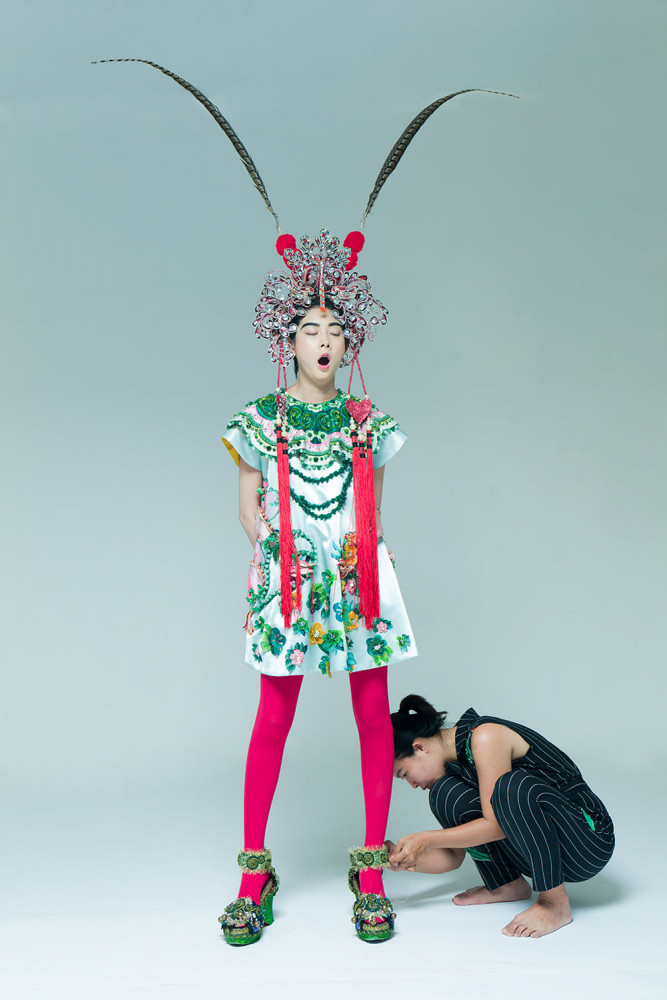

INTERVIEW
Tuan Anh Le
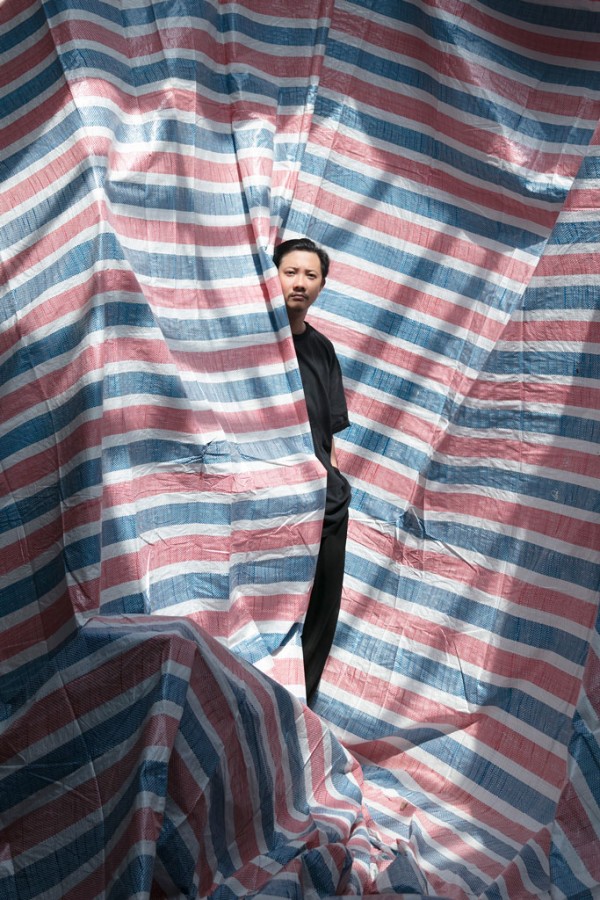
Photography: Tuan Anh Le Makeup: Dinh Tran Hair stylist: Dinh San Stylist: Hensi Le Model: Chu Sa Camera: Leica SL2 with Vario-Elmarit-SL 24–90 f/2.8–4 ASPH.
As the ambassador for Leica Vietnam, Tuan Anh Le had the opportunity to work with the new SL2 before it was released on the market. His colourful yet delicate series was inspired by historic and contemporary cityscapes in Saigon.
Here he reveals where he gets his ideas, which artists have inspired him, and why Einstein’s description of play as “the highest form of research” can also be applied to the medium of photography.
Did you create this series as an assignment, or was it an independent project?
This series was conceived as a personal project, which was actually scheduled to be shot outdoors. I had already chosen some very specific locations, but on the day the weather was so bad that it was impossible to go ahead. So we decided to stay in the studio and turn this into a preliminary shoot. In the end, it turned out well as a series in its own right. Though I’m still hoping to complete the outdoor shoot I had envisioned at some point in the future.
What was your inspiration for this series?
The title is based on the poem ‘Thieu Nu’, which loosely translates as ‘young lady’ or ‘demoiselle’. It was written by my favourite Vietnamese poet, Bui Giang, and is a very romantic and metaphysical description of the imaginative colours of a landscape. I love that poem, and it certainly contributed to the idea for this series. But my core motivation was to explore the differences between modern and historic landscapes in Saigon, to juxtapose urbanisation and tradition.
When and where was the series created?
October 2019, in my studio in Saigon.
How does photography help you express yourself?
To me, photography is a medium that allows you to express your vision and emotions; but I also see it as a means of looking inward and finding out more about yourself. It was through photography that I found what my true values are. After all, Einstein once said that “play is the highest form of research” – I have adopted this as something of a guiding principle.
What drew you to photography?
I was studying economics in Paris and finding it rather dispiriting. One day I noticed a brilliant poster in the subway, and instantly thought how much I would love to create something like this. So I switched to studying photography.
Which influences have helped you develop your own way of seeing?
I can find inspiration in the work of any good photographer. However, back in my student days I was strongly influenced by Jean-Paul Goude (French graphic designer, illustrator, photographer, advertising film director - ed. note). He was an extraordinary role model in terms of how to transform aspects of your imagination into a physical image.
I get the impression that you also appreciate other forms of art, such as painting, for example. Are there any artists you particular admire?
Yes, I’ve always had a passion for surrealism, which is why I adore Magritte. I also enjoy the work of painters such as Hopper, Bacon and Lucian Freud.
In this series you create a fantastical character whose appearance seems to combine different cultural references. What can you tell us about your thought process?
While I didn’t end up shooting the series outside, my core intention was to convey the contrast between the modern, urbanised Saigon, and the city it once was. Right now, Saigon is in a phase of major transformation – it is increasingly dominated by glass skyscrapers, with a few remaining elements of history in between.
‘Demoiselle’ seems very different from your previous project, ‘The Stranger’, in which you reflected on the main character of the novel ‘L’étranger’ by Albert Camus – not least because the latter was shot on location. Do you have a preference in terms of studio versus outdoor shoots?
The greatest advantage of working in nature is the unpredictability of your surroundings, and the spontaneity this brings with it. In the studio, you are in a position to be well prepared and minimise any risk of the unexpected – which can be both a blessing and a curse.
How did you achieve the post-modern look that characterises ‘Demoiselle’? There is an avant-garde, almost surreal quality to the costumes and accessories – how did you find them?
They are mostly sourced from local designer brands. I am always happy to use anything that fits in with a particular concept or idea.
What equipment did you use to create this series?
I worked with the Leica SL2 and a Vario-Elmarit-SL 24–90 f/2.8–4 ASPH, which is a fantastic combination. As the ambassador for Leica Vietnam, I had the privilege of testing the camera prior to its release.
Which aspects of this lens-camera combination did you particularly enjoy?
I love everything about the SL2 – from its dynamic range and colour rendition to the 47-megapixel sensor and outstanding autofocus. As for the Vario-Elmarit-SL 24–90, it is a very versatile lens that lets you cover anything from wide-angle to portrait shots without having to change lenses.
What do you have planned for the near future?
Aside from completing the outdoor-version of this shoot, I do have quite a few ideas that I’ve been working on, but I’m keeping them close to my chest for now.